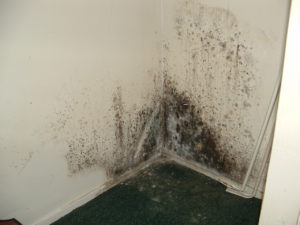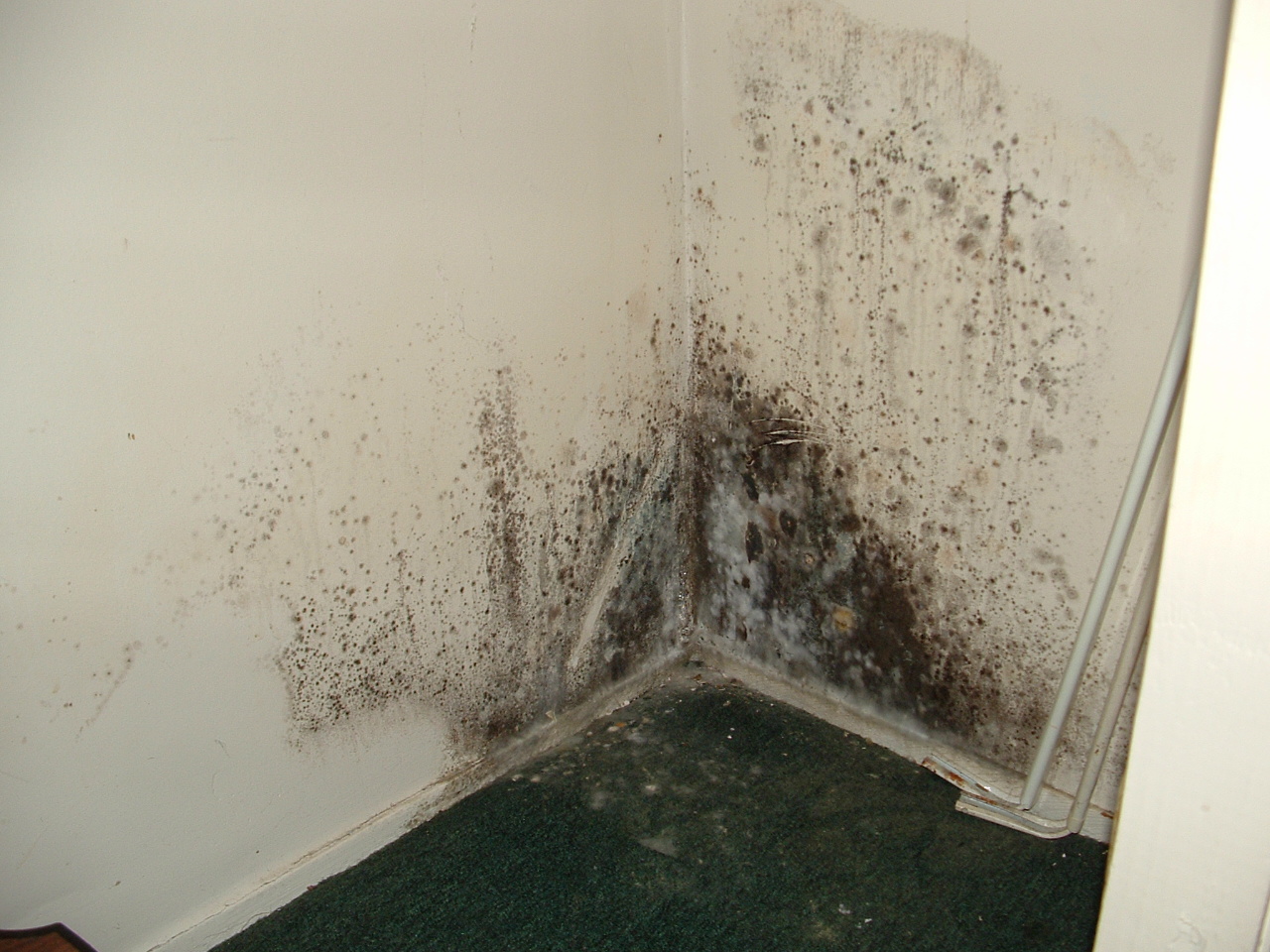 The key to buying a home is making the best possible use of your money. This purchase becomes an important aspect of your financial health. Every detail matters. The materials used to build and/or renovate the property will go a long way toward determining how valuable and functional it will be in years to come.
The key to buying a home is making the best possible use of your money. This purchase becomes an important aspect of your financial health. Every detail matters. The materials used to build and/or renovate the property will go a long way toward determining how valuable and functional it will be in years to come.
As more and more homeowners continue to learn about the threat posed by residential mold, people are paying closer attention to the materials used in the initial construction of their home, as well as any subsequent renovations. The reality is, mold has a tendency to grow behind the scenes, within the structure of the property. And because it’s out of sight, mold can continue growing here for months or even years before it’s discovered. By then, the damages could be severe.
Not all building materials are equally susceptible to mold. Many homeowners are beginning to ask whether the materials used to construct their homes are resistant to mold, and if not, what they can do to curb the risks.
Questions of ventilation, humidity and unwanted moisture
You might see materials (insulation, drywall, etc.) out there that’s purported to be mold proof, but the reality is, no material is absolutely impervious to mold.
This is because mold can grow virtually anywhere if the environmental conditions are right — namely, if it has enough moisture and stagnant air. The very best mold prevention measure is therefore to monitor and control the moisture levels in your home, and make sure you have proper ventilation. When the air is sufficiently dry and ventilated, mold will have a much more difficult time growing, even behind the scenes.
How mold-resistant building materials can strengthen your case against mold
Once you’ve taken proper steps to curb unwanted moisture and keep the air in your homes well-ventilated, you might consider mold-resistant building materials as a way to “strengthen” your defense against mold.
- Mold-resistant paint is widely available and affordable. The presence of fungicide in the paint offers added protection for your walls — but it has to be applied according to the manufacturer’s instructions.
- Certain types of wood are available with compounds that resist mold growth. Using these woods to frame a new home can offer added protection against mold.
- New types of drywall exist that have a surface of mold-resistant fiberglass, in leu of the traditional paper surface.
- Certain varieties of home Insulation are treated with mold-resistant fungicides.
- Various other materials (include sealant, tape and caulk) are now being manufactured with mold resistant properties.
Are these materials worth your time and money?
There’s no doubt that using mold-resistant materials, many of which are relatively new on the market, can increase your home’s overall ability to resist unwanted mold. Exactly how much protection these measures provide is still being debated. But one thing’s for sure: mold-resistant building materials are not enough. Effectively protecting your home against mold is first and foremost a question of understanding the environmental factors that lead to mold growth — especially moisture. Period mold inspection and mold testing by qualified professionals is another vital step in staying mold-free.

